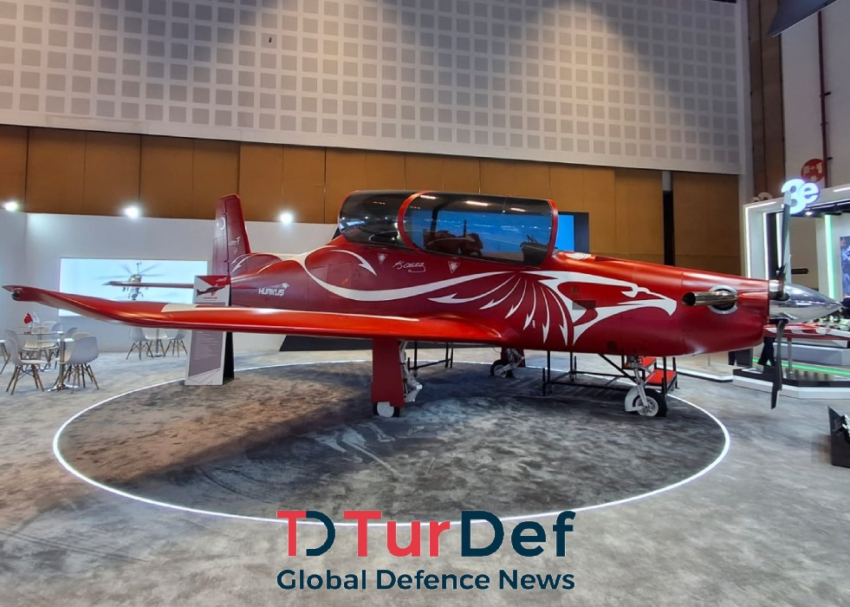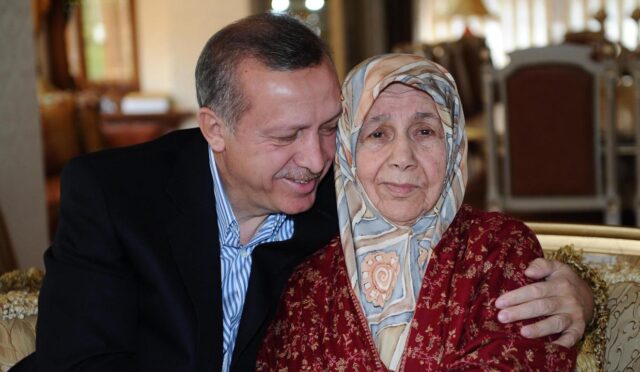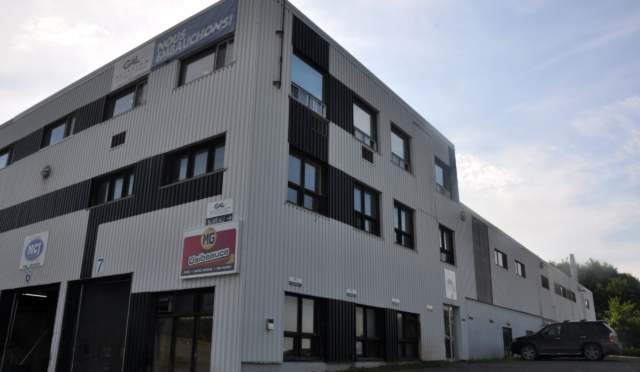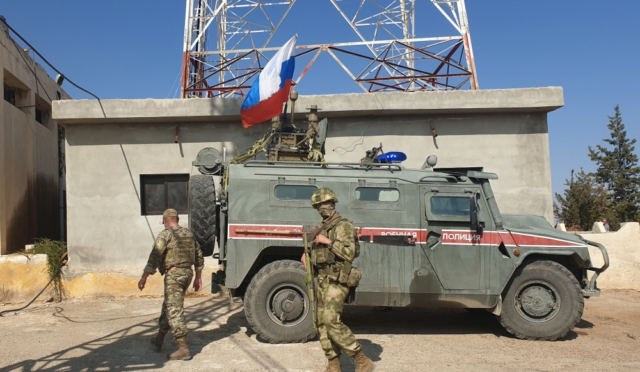HÜRKUŞ-II: The Future of Turkish Air Force by 2025
**By 2025, the HÜRKUŞ-II is set to become a vital component of the Turkish Air Force.** Recently, the aircraft successfully completed its first flight, marking a significant milestone in its development. According to plans, the first batch of 15 aircraft will be delivered to the Air Force Command by 2025, with an additional 40 expected by 2027. This strategic timeline underscores the commitment to enhancing the capabilities of the air force.
Impressively, the structural weight of the HÜRKUŞ-II has been optimized. Utilizing advanced technologies, this aircraft has emerged as one of the highest-performing and acrobatic models in its class. Additionally, the ongoing focus on increasing local production in the defense sector has resulted in substantial localization of critical components, including the canopy, cooling systems, hydraulic pumps, radios, and identification systems.
Innovative Design Enhancements
The HÜRKUŞ-II incorporates valuable insights from previous design versions, particularly the HÜRKUŞ-B. These enhancements allow it to be faster, lighter, and more agile than its predecessors. Maintenance requirements have also diminished, thanks to improvements in the design and system configurations that streamline upkeep processes.
Highlighting its innovative design, the HÜRKUŞ-II features a newly crafted fuselage equipped with concealed lights in the wingtips. The redesign includes an optimized dorsal fin, advanced wingtip structures, and improved air intake and exhaust systems. As a result of these upgrades, the aircraft has significantly elevated its speed, roll rate, and G performance, earning it the title of “Most Agile Aircraft” in its category.
Pilot-Centric Features
One of the standout elements of the HÜRKUŞ-II is its Human Machine Interface (HMI), which presents a modern, user-friendly cockpit designed for pilot efficiency. This high-tech interface provides a broad field of view, setting it apart from competing aircraft in its class.
Moreover, many of the systems integrated into the HÜRKUŞ-II have been improved and localized, which augments its operational capability without the need for foreign export approvals. This modernization not only strengthens national defense efforts but also ensures that the aircraft can maintain cutting-edge technology with a reduced dependency on outside sources.
Localization Efforts
The renewed HÜRKUŞ-II exemplifies Turkey’s strides toward self-sufficiency in defense technology. Components that were once reliant on foreign suppliers, such as the canopy and cooling systems, have successfully been localized, contributing to a higher nationalization rate.
Ongoing work focuses on further localizing electromechanical, hydraulic, and avionic components, reflecting a robust commitment to enhancing domestic capabilities in the defense industry. This shift is poised to revolutionize Turkey’s defense landscape, reinforcing its sovereign operational capacity.







